Foundations of Psychology & Homoeopathy
Mind and Homoeopathy bear a close relationship since the founding of the science. Aphorism 5 calls on the physician to carry out a wide-ranging and detailed investigation of the patient and his surroundings; Aphorism 6 asks to create the portrait of the disease based on the changes observed. This needs an in-depth knowledge of the mind, its evolution and expressions, role of environment, its ability to adapt, to understand its conflicts and resolve them. And to see the reflection of all these in the Repertory and Materia Medica. Doing all this on a scientific basis has always been a challenge for homoeopaths as they are not trained for the same.
“Foundation of Psychology and Homoeopathy” attends to all these needs in in a logical, integrated way through a number of illustrative cases in a simple language. Students are able to see the relevance of the knowledge of Psychology to case receiving, use of repertory and drug images of Materia Medica. It guides them to the need for counselling and to the place of Psychology in current needs of the social and corporate world including sports.
The book is based on guidelines of Organon further refined by Dr M L Dhawale based on current advances in different spheres of life. The knowledgeable writers of this multi-author book have utilized their rich experience and the editors have worked hard to ensure a smooth flow. The work fills a long felt lacunae in the homoeopathic literature and promises to open up new avenues for establishing new synergies between Psychology and Homoeopathy.
‘A book is not the destination, but a gateway to the journey of acquiring knowledge.’ This adage fits the book perfectly. This book gives one a grip on understanding the subject of psychology and its possible use in homoeopathic practice, which is an essential need for any homoeopathic practitioner worth his salt.
The National Commission of Homoeopathy (NCH) has done a fabulous job by adding fundamentals of psychology into the syllabus and curriculum of 1st year of professional Bachelor of Homoeopathic Medicine and Surgery (undergraduate). This will go a long way in setting up a standardised approach to case receiving and, at the same time, allowing an individualistic approach to case solving by increasing the ability of the student to grasp the background of the patient’s symptoms as well as his attributes.
This book is a good stepping stone as well as a foundation for the process expected by the NCH. The authors deserve the compliment for a well-compiled book.
There are 16 chapters written by different authors. This itself makes this book unique as there are individualised thought processes, which are strung into one beautiful chain of the standardised teaching-learning process in the subject of psychology and homoeopathy. This process itself encompasses the inductive and deductive logic in the process of Individualisation through various data received from the patient.
Apart from the book exposing the reader to the importance of psychology in homoeopathy, it shows various aspects of the study of the human mind in the chapters. The chapters have been intelligently arranged in the following format:
Contents of the chapter
Learning objectives
Introduction to the topic
Definition
Classification/types/evolution/determinants
Representation in homoeopathic materia medica/repertory
Conclusion
Summary
Additional readings.
The learning goals are apt and clear, which gives a good perspective of what is to come in the chapter, and the authors have done a fair amount of justice to that effect. It would also help the educators/teachers of the subject to draw up the lesson plans as part of their curriculum building.
The introductions to the topics are also well structured, with interesting and useful quotes from various known people, which smoothens your path to learning further about that topic.
The definitions in mind have a limitation in being extremely specific as it has limitless understanding. It can have various interpretations as per one’s experience and learning. Here too, the authors have made an effort to explain their understanding of the definition with good day-to-day examples.
Classifications have been done well as they give a good grasp on learning, and this has been diligently taken care of by the authors, who are postgraduate teachers. Their base is more practical and experiential, which is seen in the treatment of the subject by all the authors.
The types of classification/determinants/evolution have been explained with nicely selected caselets from their vast practice in the Dr. M. L. Dhawale Memorial Trust Hospital at Palghar, Maharashtra, India. These caselets are incredibly good additions to the chapters. This not only illustrates the author’s point of view but also initiates the thinking process of the reader/learner to find and identify similar incidents in their life and, later on, in their practice.
It is an exceedingly difficult job to describe the reflections on various topics in Homoeopathic Materia Medica as it is a wide topic, and our literature is vast. Hence, one might feel that the authors could have given more examples. Some examples may not feel adequate, but that thought can only arise because the subject has been well treated. That is the beauty of the book: it makes you think, ask questions, and seek answers, which can be achieved by additional readings.
The preview of some of the chapters is as follows:
In the chapter on behaviour, the definition, the evolutionary perspective of behaviour, and the three caselets in the introduction ease the reader into the quest for learning the topic. In the determinants of behaviour, adding mass media as one of the determinants shows a very modern and updated approach to the topic. Various models to understand behaviour are also mentioned, and their importance to homoeopath is explained well. The topic of behaviour from the perspective of Indian Psychology is a unique addition and a necessary one. It might require expansion in the next editions. In the same chapter, the importance of the study of behaviour to homoeopaths could have been given with reference to Organon and its aphorism. Apart from these miniscule requirements, one feels that this chapter gives an initial simplified understanding of the topic of behaviour.
The chapter on emotion is a very nicely rounded capsule of knowledge that begins with differentiating emotions, feelings, and moods. The determinants of emotions and emotional expressions based on neurophysiology, cognition, and sociocultural basis have been expressed well with the horizontal integration of anatomy. Various theories of emotions have been explained through caselets.
One big chapter on developmental psychology is written with the title – Mind: Growth, development, and decline. It is an important chapter that will determine our way of investigating the miasm as per aphorism 5 (which states the most significant points in the whole history of the chronic disease to enable him to discover its fundamental cause, which is generally due to chronic miasm. In these investigations, the ascertainable physical constitution of the patient, his moral and intellectual character, his occupation, mode of living and habits, his social and domestic relations, and his age, sexual function, etc., are taken into consideration.). The beauty of this chapter is that it has very nicely tabled into various age groups and different components of ‘what is understood as growth.’ The adjustment problems in various age groups have been classified and nicely detailed. This should enable young readers to get a grasp of various issues with which patients come to our clinics and outpatient department.
The chapter on conflicts – A Challenge to Learning and Adaptation is an excellent chapter that talks about types of conflicts with their causes and their subtypes. The impact of the conflict, when unresolved, has its positive and negative aspects, and finally, conflict resolution has been detailed with good precision. The role of intelligence, adaptation, and learning in conflict resolution is nicely detailed, which will lay the foundation for case-taking and understanding in our homoeopathic practice (Vide aphorism 211, where Hahnemann says the state of disposition chiefly determines the selection of homoeopathic remedy as being a decidedly characteristic symptom which can least of all remain concealed from the accurately observing physician).
Get it now and save 10%
BECOME A MEMBER

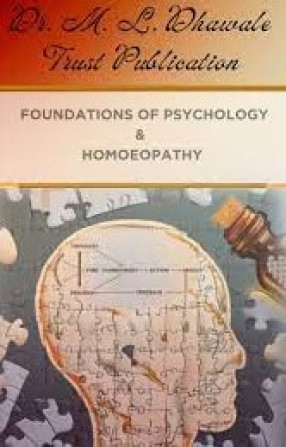
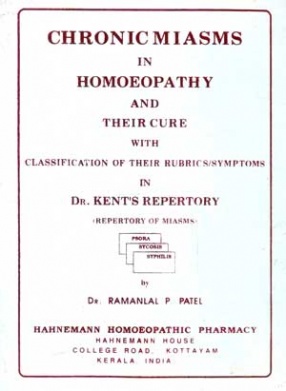
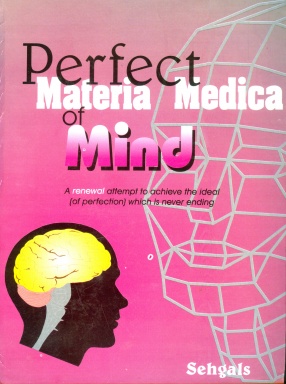
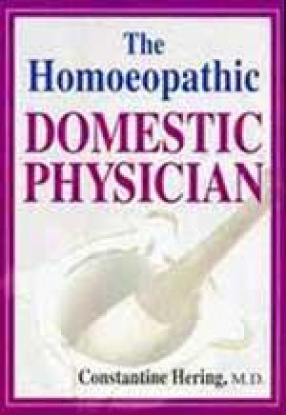
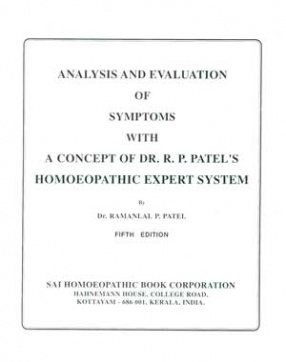

Bibliographic information